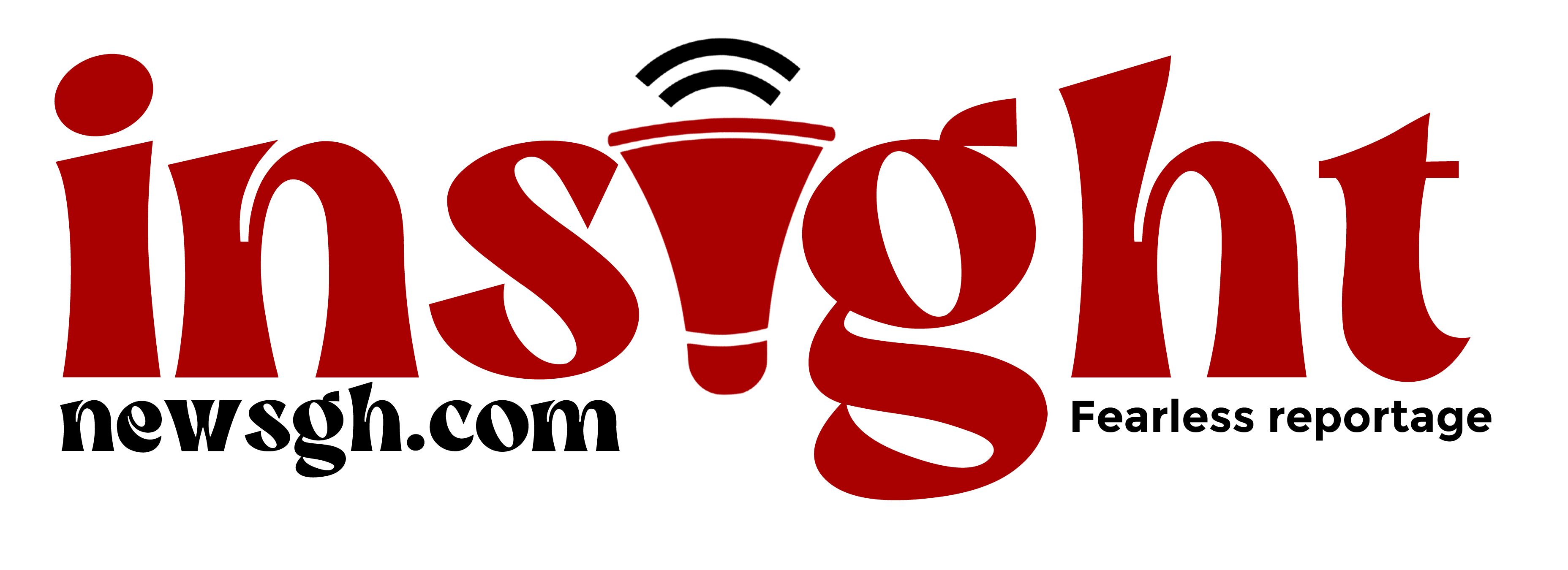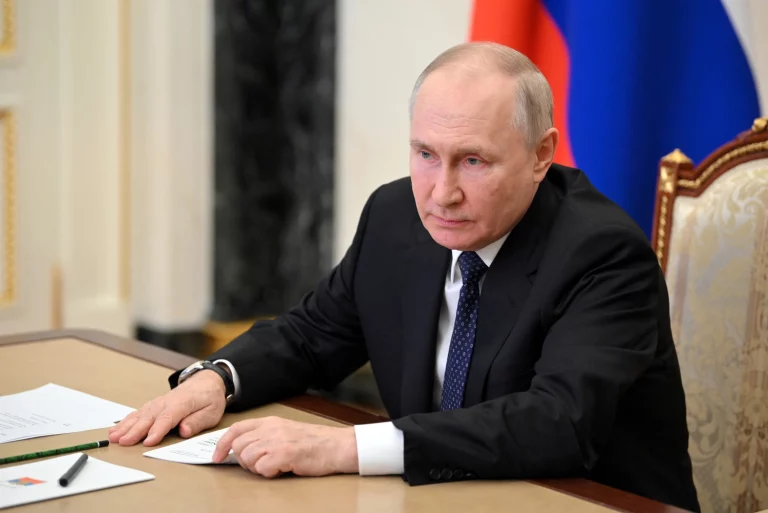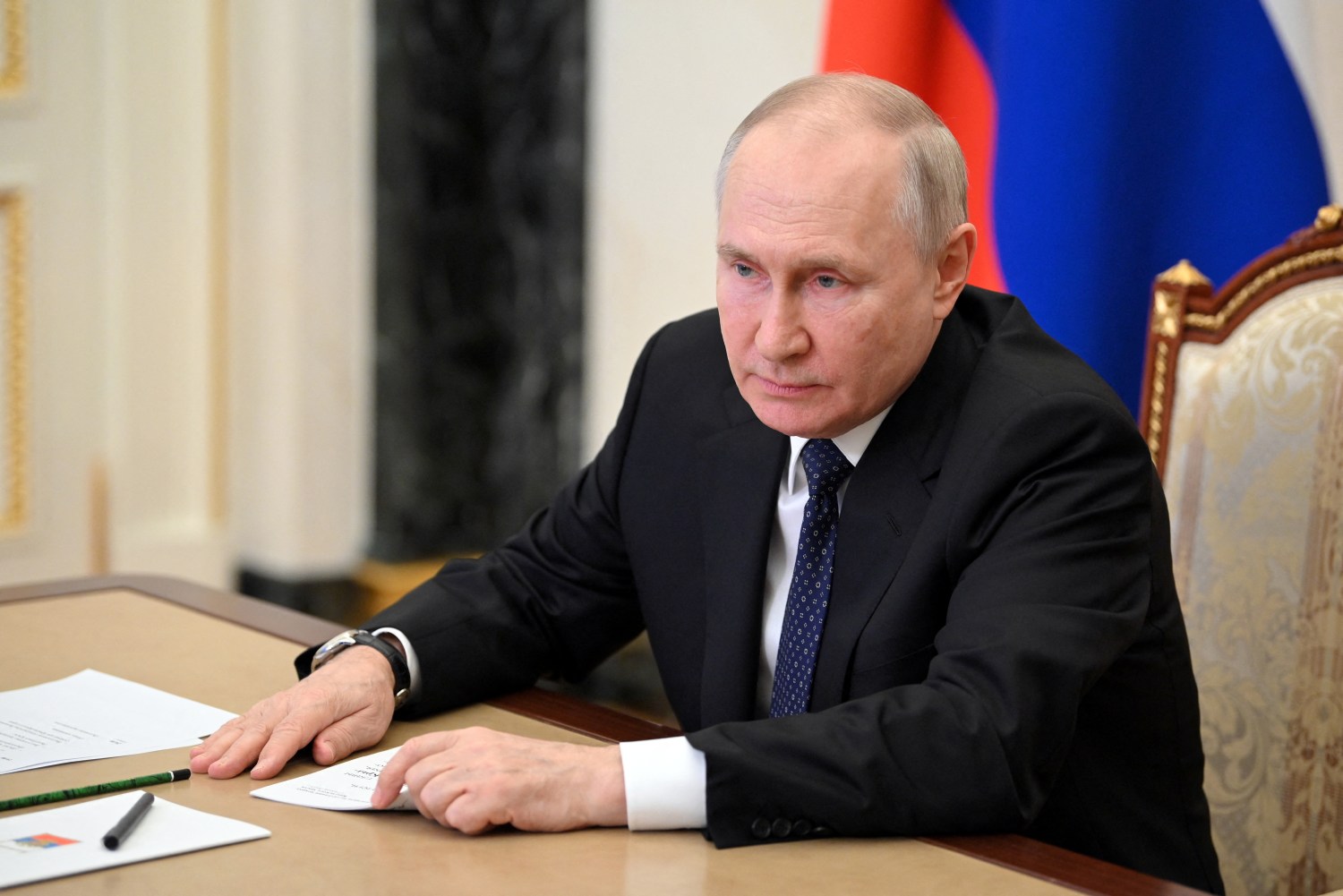Presidential Term Limits in Russia: Understanding the Constitutional Framework
The political landscape of Russia has been shaped by constitutional term limits that dictate the tenure of its leaders, including the President. In this blog, we delve into the limitations imposed on the presidency and recent developments that have raised concerns about the continuity of leadership in the country.
The Constitutional Limits:
The President of Russia is subject to specific term limits as per the country’s Constitution. According to the current provisions, a President can serve a maximum of two consecutive terms, each lasting six years. This restriction is intended to ensure a rotation of power and prevent prolonged, unchecked rule by any individual leader.
Governors of federal subjects in Russia are also bound by term limits. Similar to the presidency, they are permitted to hold office for no more than two consecutive terms, each lasting five years.
Putin’s Circumvention of Term Limits:
Vladimir Putin, one of Russia’s most prominent political figures, has been the center of attention regarding term limits. Having served as President from 2000 to 2008, he reached his maximum two consecutive terms and was ineligible to run again in 2008.
However, rather than relinquishing power entirely, Putin assumed the role of Prime Minister in 2008, effectively maintaining a significant influence over the country’s governance. This move raised concerns about an attempt to circumvent the constitutional limitations.
The 2020 Amendment:
In 2020, Russia passed a controversial constitutional amendment that raised eyebrows both domestically and internationally. The amendment exempted Vladimir Putin from presidential term limits until 2036, essentially allowing him to seek and hold the office for an additional two consecutive terms.
This amendment sparked criticism and fears that it could lead to prolonged, uninterrupted rule, undermining the principle of a democratic rotation of power.
Consequences and Concerns:
The exemption of President Putin from term limits has led to questions about the stability of Russia’s political system and concerns about the concentration of power in one individual’s hands. Critics argue that it may hinder the development of a vibrant and dynamic political landscape, which is crucial for a healthy democracy.
The absence of term limits could also reduce political accountability and discourage potential leaders from rising through the ranks, thus stifling competition and diversity in leadership.
Conclusion:
The issue of presidential term limits in Russia is a critical aspect of the country’s political landscape. As per the current constitutional framework, the President is limited to two consecutive terms of six years each. However, recent amendments have allowed President Vladimir Putin to remain in power beyond his initial term limits, raising concerns about the democratic principles of rotation of power and political accountability. As Russia navigates its future, the question of term limits remains an essential topic in ensuring a robust and balanced political system.


